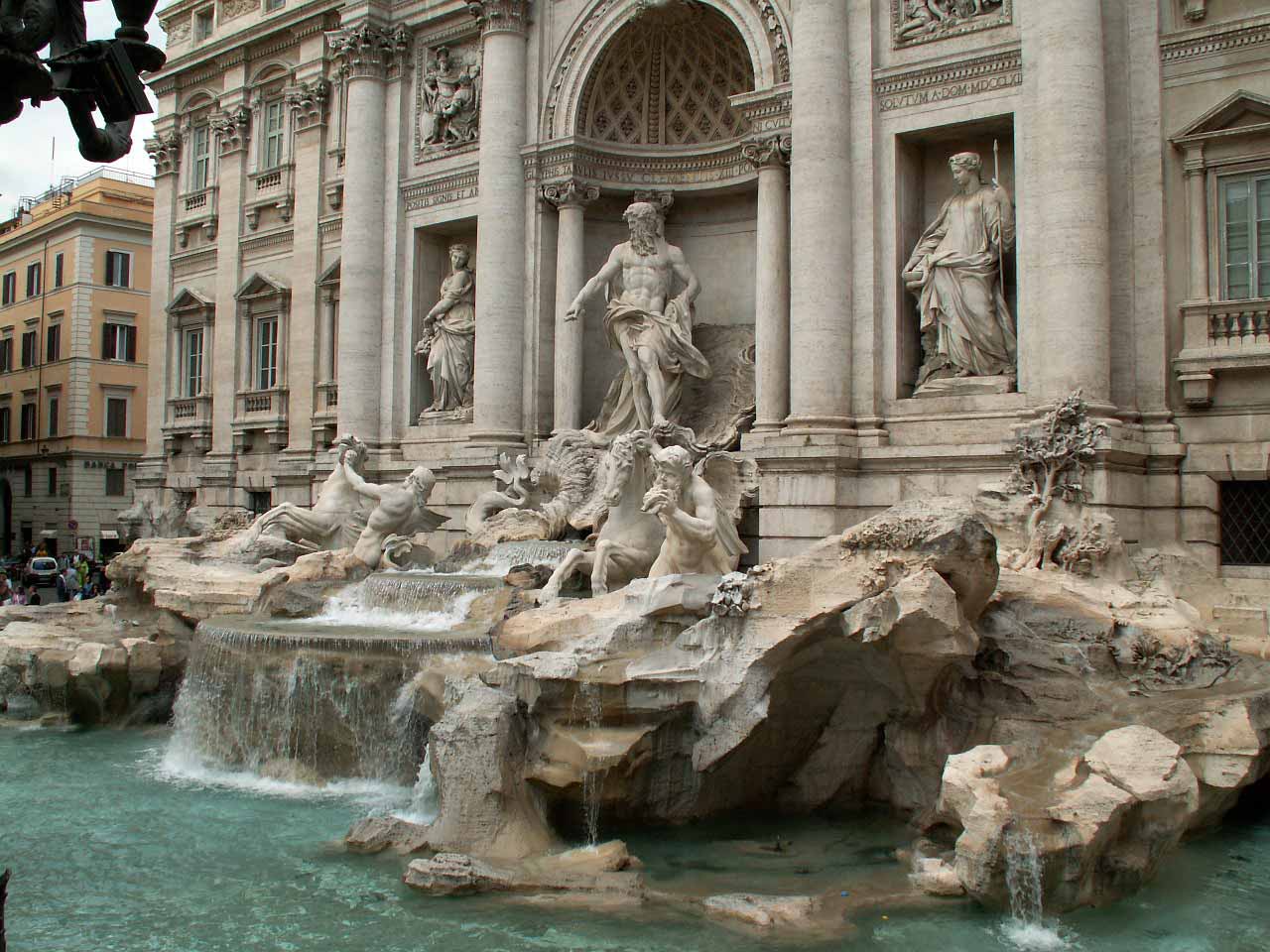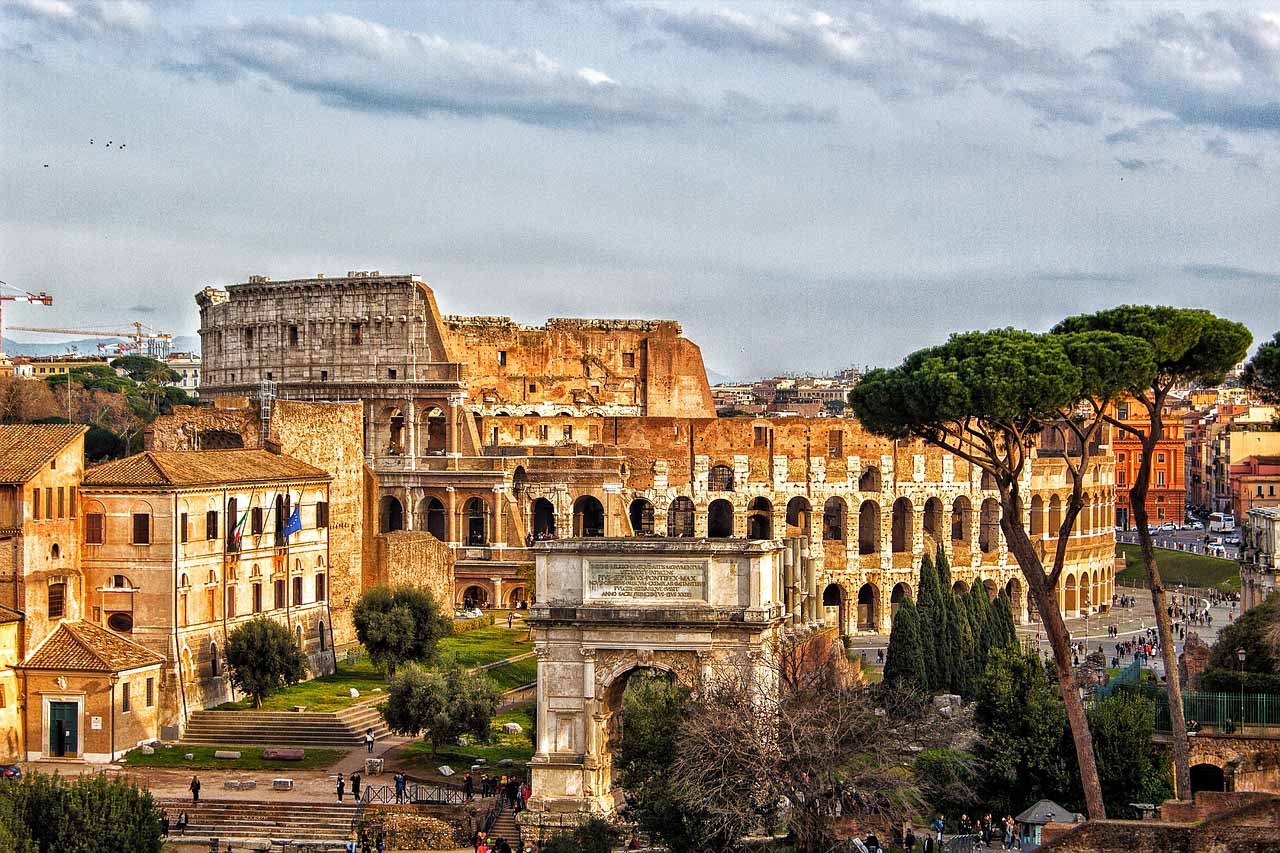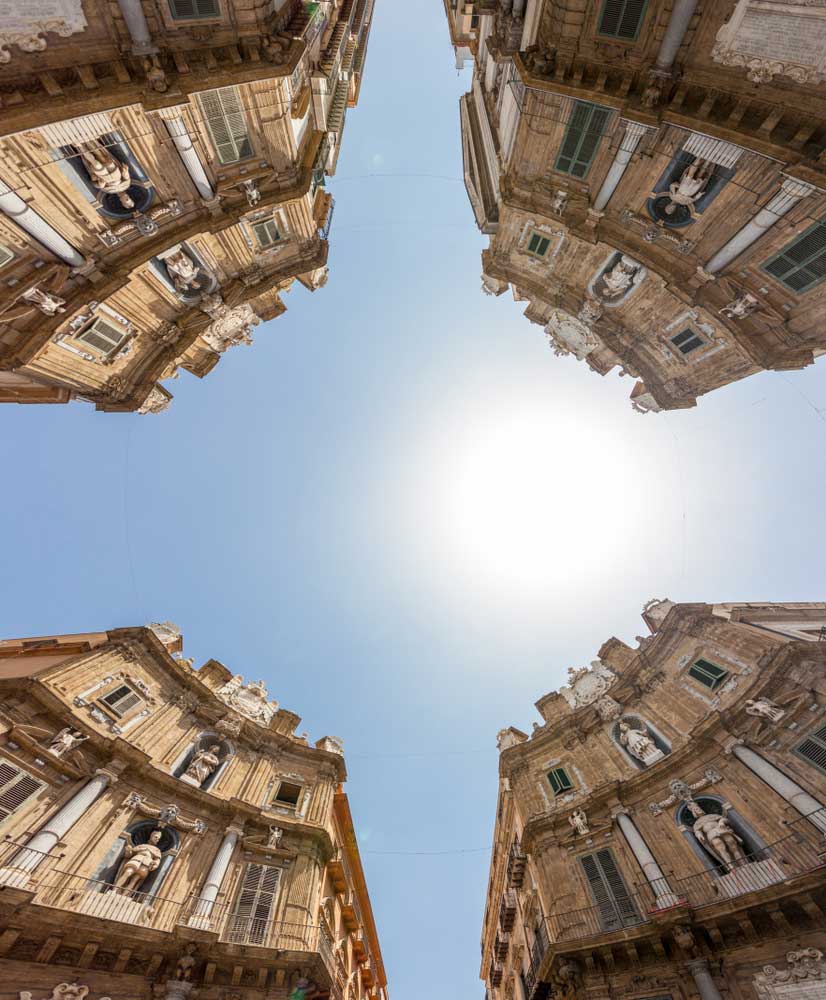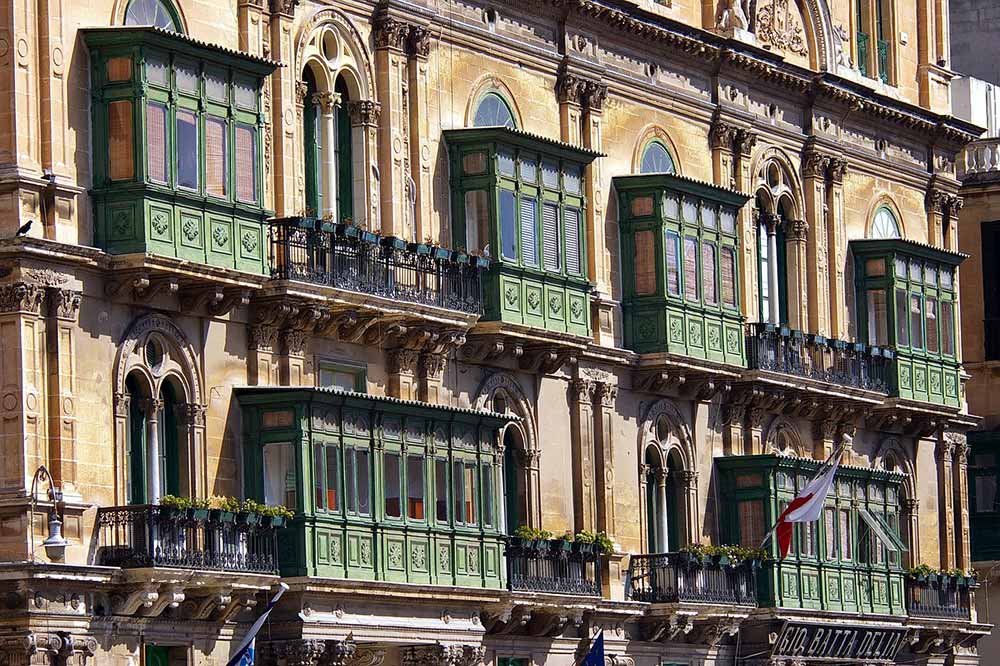Architecture of Italy, Sicily and Malta
An exploration of 2000 years of civilisation across three richly diverse cultural destinations. This trip combines several informative master classes, delivered by an architectural expert, with a fascinating journey through the cultural heritage of these beautiful Mediterranean towns and cities.
Itinerary at a Glance
- A full 14 days' sightseeing across three stunning destinations
- A series of master classes delivered by an architectural expert
- A tour of the magical city of Rome including the Trevi Fountain, the Pantheon and the Spanish Steps
- Visit the Vatican City; the Basilica di San Pietro, the Sistine Chapel and the Vatican Museum
- Further exploration of Ancient Rome; The Forum, San Pietro in Vincoli and the Coliseum
- A fast ferry journey from Naples to the beautiful island of Capri
- A full day at the great archaeological site of Pompei
- Walking tour of Naples
- Overnight ferry to Palermo, Sicily
- Sightseeing in Palermo; highlights include the magnificent 12th century Norman Cathedral Monreale and the catacombs in the Capuchin convent on Piazza Cappuccino
- Visit Agrigento and the Valley of the Temples
- A tour of the ancient part of the once powerful Greek city Syracuse. Explore the Syracuse Archaeological Park with the Greco Theatre and Garden of Paradise
- Finally to Malta, first stop is Valletta to see the Upper Barrakka Gardens, St. John Co-Cathedral and the National Museum of Archaeology
- The final destination in Malta is the picturesque island of Gozo
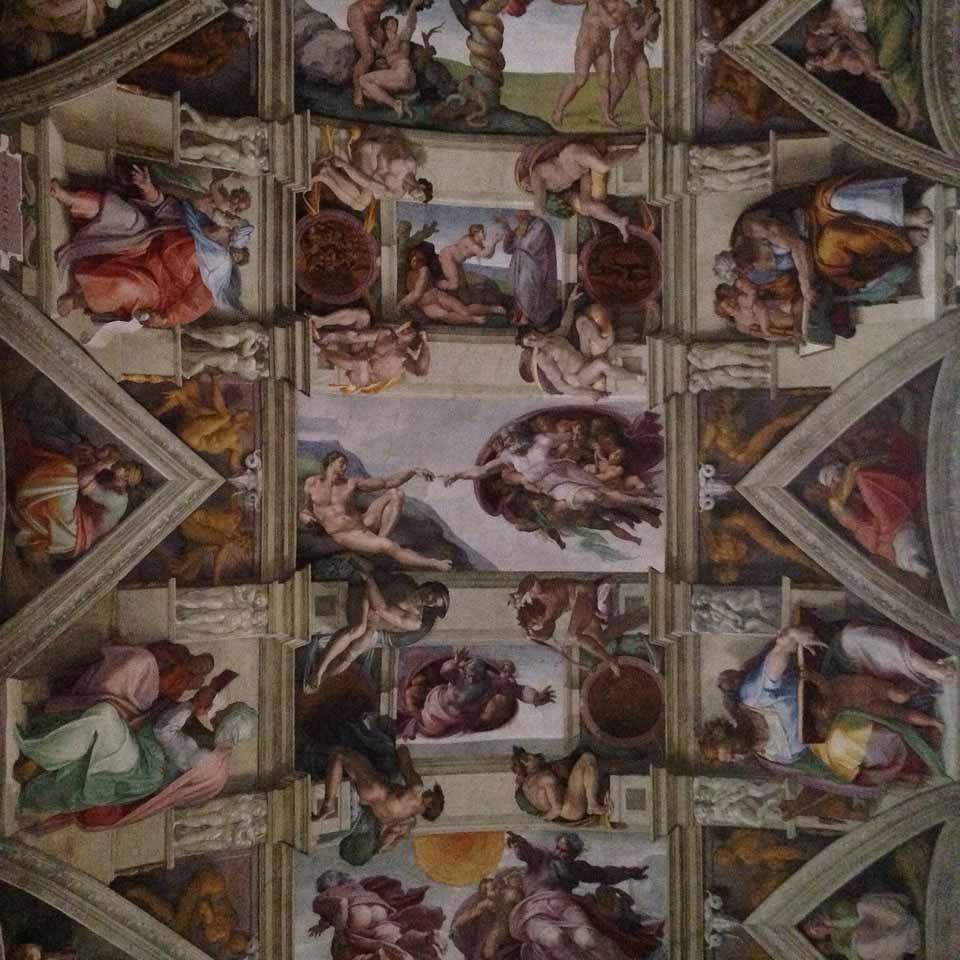
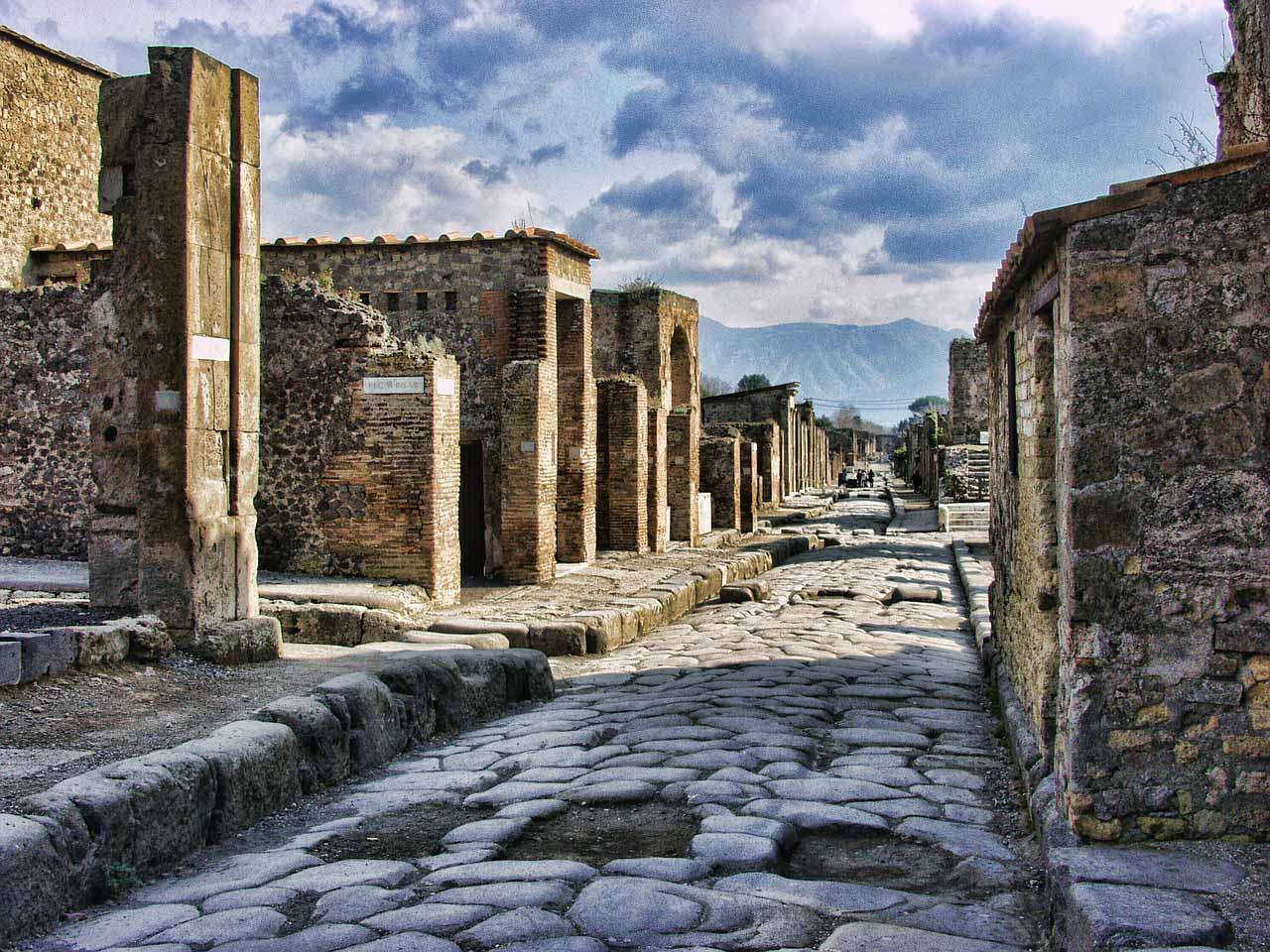
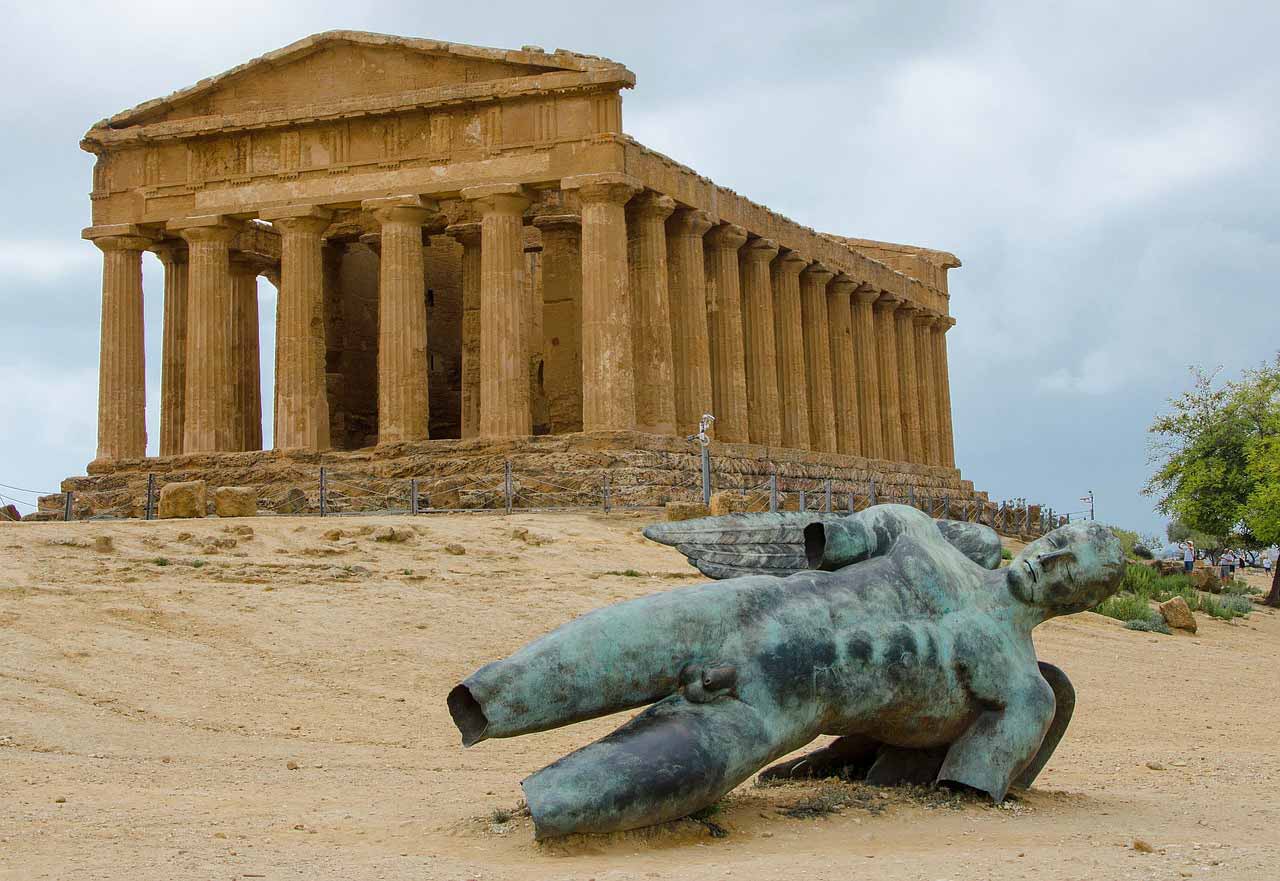

Day One: Welcome to Italy
- Meet and greet at the airport in Rome with the tour manager, an expert in architecture, and transfer to the coach and hotel.
- A brief tour of some of the architecture including; Baroque, Gothic and Renaissance.
- After some time to relax, meet for a walking tour of the city. Visit the Baroque Trevi Fountain; don’t forget a few coins to make a special wish.
Designed by Nicola Salvi in 1732, its water is supplied by one of Rome’s earliest aqueducts. Continue to the Pantheon, the best preserved building in Ancient Rome. The original temple was built by Marcus Agrippa and dedicated to the planetary gods. The final visit will be made to the famous Spanish Steps - Welcome dinner at a restaurant in the city.
Day Two: Vatican City
- A morning visit to the Vatican City. A city within itself the Vatican has its own post office, newspaper, radio and train stations.
- Visit Basilica di San Pietro, (St.Peter’s Basilica), the largest, most famous and magnificent basilica in the world. Within it lie works of art including Michelangelo’s ‘Pieta’, sculpted when he was only 25 years old, and the only work to have his signature. The Basilica was originally built where the Apostle Saint Peter was believed to have been buried.
- Visit the Vatican museum which contains an incredible collection of art and treasures. The masterpiece though is the Sistine Chapel, where you will see one of the most famous works of art, Michelangelo’s frescoes of the Creation, on the high vaulted ceilings and the Last Judgement on the far wall.
Day Three: Rome City
- Master classes will be held in the morning.
- In the afternoon the guide will continue with the exploration of the city. The first stop will be at the Forum; the commercial, political and religious centre of Ancient Rome. The Forum is a complex of basilicas and temples.
- Continue to the Coliseum. Construction began for the Coliseum in 72AD and was originally known as the Flavian Amphitheatre. The Coliseum held up to 80,000 spectators and was the site for many games, including gladiators fighting wild animals.
- Then onto San Pietro in Vincoli (St.Peter in Chains).
Built in the fifth century at the request of the Empress Eudossia, who wanted to keep custody of the chains that Saint Peter bore during his imprisonment in Jerusalem, the church was rebuilt under Hadrian I, in about 780. The interior, with three naves, holds the mausoleum of Julius II, built by Michelangelo under commission to the Pope. At the centre of the monument is the famous statue of Moses by Michelangelo holding the tablets of the Ten Commandments.
Day Four: To Naples and Capri
- An early morning transfer to the railway station to take the fast train to Naples.
- Arrive and transfer to the harbour to board a fast ferry to Capri one of the most famous and beautiful islands in the world. Popular since the Roman times when the Emperors built there villas here, you can still see the Capri that the ancient Romans fell in love with 2000 years ago.
- Some time at leisure before returning to Naples.
Day Five: Pompeii and Sorrento
- Depart Naples to visit the great archaeological site of Pompei.
This truly unique site is the only place in the world offering such a vivid insight into how ancient civilisation lived. Aspects of life of 2000 years ago, preserved by the volcanic ash that were thrown from Vesuvius in the great eruption of 79AD, continue to Herculaneum. The legend is that Hercules founded this Greek settlement. - Driving on to arrive in Sorrento in time for dinner.
Day Six: Naples
- Master classes held in the morning.
- A guided walking tour of the town; the San Carlo Theatre, the famous Piazza Municipio, Royal Palace, Piazza del Plebiscito, Castel del’Ovo, San Francesco di Paola Church and a visit to the Naples Museum. Here you will see a vast collection of Roman-Greco artefacts, including those discovered in Pompeii and Herculaneum.
- Late afternoon transfer to the port to board the overnight ferry to Palermo.
Day Seven: Palermo
- Meet and greet in Palermo Sicily, with a guide, for a half day visit to the Cathedral Monreale.
This magnificent 12th century Norman cathedral was built for William II. The architecture is a mixture of Norman, Arab and Byzantine. The central doorway has bronze doors and the interior is covered with dazzling gilded mosaics. Outside is the entrance to the cloisters where there are 228 twin columns decorated with different motifs including plants & animals. - Overnight stay in Palermo.
Day Eight: Palermo
- Visit the picturesque and colourful market with strong Arab tradition, the ‘Quattro Canti’ a splendid example of Baroque architecture, Palazzo dei Normani and its superb Palatine Chapel, Piazza Pretoria and its fountain, Church of San Giovanni degli Eremiti and Cathedral.
- A visit to the catacombs in the Capuchin convent on Piazza Cappuccino cannot be missed. Here we will see the mummified bodied and skeletons of Palermitans from the 17th – 19th centuries, including the mummified body of two year old Rosalina Lombardi, who looks as if she could be sleeping.
Day Nine: Palermo and Agrigento
- The morning at leisure before setting off for Agrigento. The town of Agrigento is a medieval town set on a hill overlooking the Mediterranean and the spectacular Valley of the Temples.
Day Ten: Agrigento
- Master classes in the morning.
- An afternoon tour of the Valley of the Temples where you will see Doric Temples. First stop is the Temple of Hercules, built towards the end of the 6th century BC and believed to be the oldest of all the temples in the valley. The most intact temple is the Temple of Concorde, built in 440 BC. The temple of Juno stands high on the edge of the ridge. Part of its colonnade remains and is an impressive sacrificial altar.
Day Eleven: Syracuse
- Depart towards Syracuse. Once a powerful Greek city, Syracuse is said to be the highlight of Sicily. Founded in 734 by colonists from Corinth, it is believed that the Apostle Paul visited Syracuse and converted the inhabitants to Christianity.
- A visit to Ortigia Island, the ancient part of the town, where you will see the cathedral, the fountain of Artemide and Temple of Apollo.
- Dinner in a typical Sicilian restaurant.
Day Twelve: Syracuse
- Morning at leisure.
- Afternoon visit to the Archaeological Park, with its white 5th century BC Greco Theatre. Cut from rock, the theatre could seat 16,000 people.
- Onto the Garden of Paradise; it is here that the Greeks operated a rock quarry, where prisoners cut blocks of limestone for architectural use. In the garden is the Ear of Dionysus, a grotto 23m high and 65m deep, in the shape of an ear. Another site is the 2nd century AD Roman Amphitheatre that was used for gladiator fighting.
- Take the evening fast ferry to Valetta arriving in the stunning harbour.
Day Thirteen: Valetta, Malta
- A visit to the National Museum of Archaeology, to see a collection of megalithic pottery, sculpture and adornments from Malta’s temples and historic sites.
- Moving on to the Palace of the Grand Masters. Completed in 1574, and the original Magisterial Palace of the Knights, this building is now the office of the president and also contains the House of Representatives. Visit the former council chamber and Hall of St. Michael, St. George and the Ambassadors displaying some excellent frescoes and paintings.
- The next stop is the St. John Co-Cathedral. Designed by Maltese architect Gerolamo Cassar in 1577 for the Order of St. John it contains frescoes by Calabrian artist Mattia Preti, intricate marble burial tombs, Caravaggio’s The Beheading of St. John and a series of Flemish tapestries.
- The final visit of the day is to the Upper Barrakka Gardens, with a magnificent view over the harbour including the Fort St. Elmo and the Quays of Marsa.
Day Fourteen: Gozo
- Cross Mhar harbour to Gozo, a little paradise. The capital Victoria, also known as Rabat, is a cosy weave of tiny streets and squares.
- Visit the Citadel ‘Gran Castello’, built in the 15th century by the Knights to provide refuge and defence against the numerous attacks by the Turks and Corsairs.
- The Cathedral Museum houses many sacred vestments and silver and gold items used for sacred services.
- The Archaeological Museum contains various periods in the cultural history of the island.
- Return to Valletta to enjoy a farewell dinner.
Day Fifteen: Return Home via Rome
- Catch a flight to Rome and then an onward flight home.
